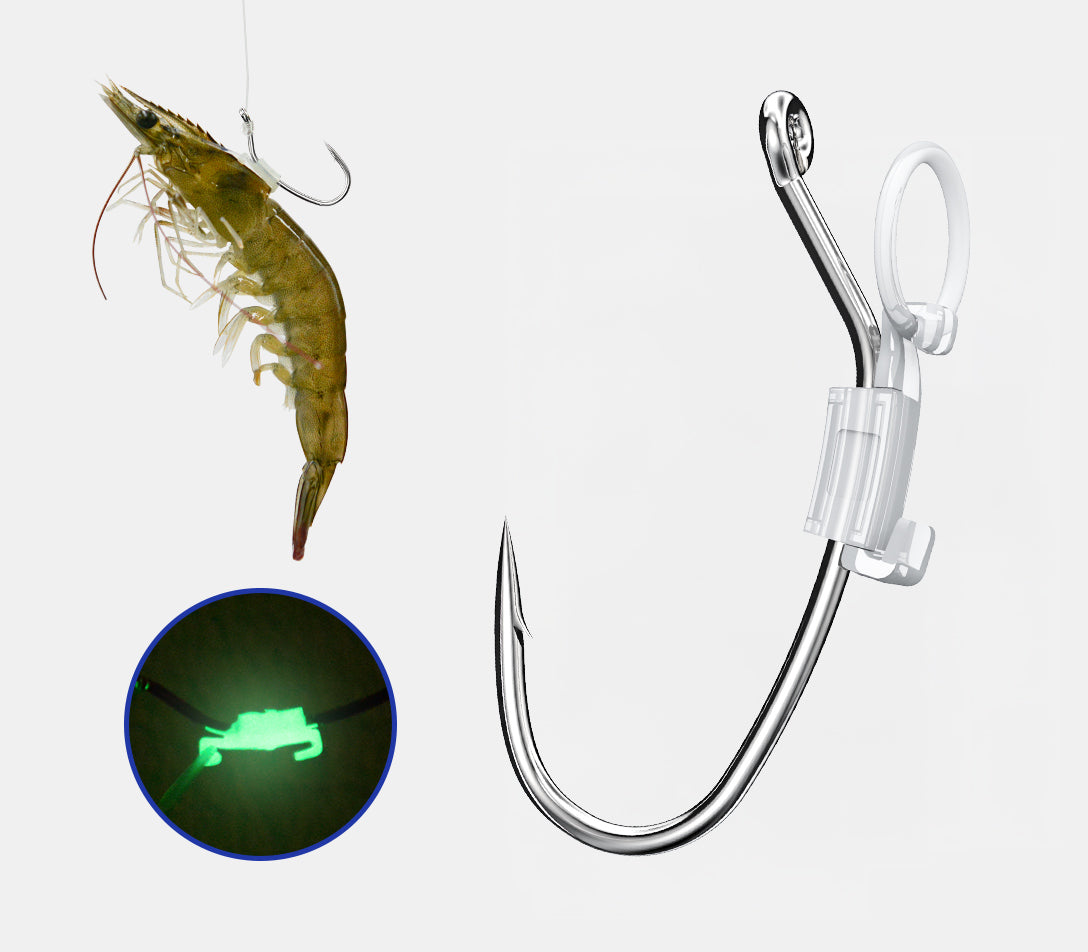Just like us, most fish species seek out comfortable environments to thrive. While their preferences may differ, the reasons why fish choose certain areas are not too dissimilar from our own. They want to feel safe, content, and near food sources. It's really that simple. If you can identify areas that offer superior conditions in terms of food, comfort, and security, you're more likely than not to find fish congregating there.
The key to locating fish lies in first finding areas with quality structure and cover. Throughout your angling adventures, you'll hear the terms "structure" and "cover" mentioned time and time again, and for good reason - they are vital! The answer to "where to fish" invariably lies in where there is either structure, cover, or a combination of the two. When it comes to catching fish, "where" is often the most important factor, and understanding how your target species utilizes structure and cover will greatly aid in your ability to find them.
Structure
In simple terms, structure refers to underwater features or characteristics of a water body. Points, humps, channels, dams, rock piles, and so on... If your backyard were a lake, your house would be a structure. For many species, the structure itself can provide everything a fish needs in terms of food, comfort, and security. For instance, baitfish like shad will often relate to offshore humps, which in turn attract predatory species like Largemouth Bass. These offshore humps are typically adjacent to deeper water, offering lower temperatures and a greater sense of safety. Tick all the boxes - food, comfort, and security - and you've found a prime spot.

Cover
Cover refers to anything that provides ambush opportunities for fish. Think of it as a place where a fish can hide or blend into the surrounding environment. Typical examples you've likely heard of include overhanging trees, lily pads, grass beds, and piers, but many other things can be considered cover. Over the years, I've often used discarded shopping carts in urban lakes as cover, and they've produced plenty of Largemouth Bass. That old shopping cart provided the Bass with the opportunity to ambush the Bluegill (food) swimming by, while also offering them a comfortable and secure hideout when they weren't actively hunting. Returning to the backyard analogy, if the lake is your yard, the house is the structure, and the shrubs, hammock, and trees are the cover.

Finding the Fish
Understanding the role of structure and cover is the foundation for establishing patterns, which will ultimately help you catch more and bigger fish. The next time you head out, try to identify as many structural elements and cover sources as possible. With that information, visualize how the fish species you're targeting might utilize those features to provide food, comfort, and security, or some combination thereof. Armed with that knowledge, you can formulate your game plan. Before making that first cast, consider the angle, depth, and speed at which you'll present your bait, and how all those factors can come together to make your target species unable to resist.

Kanama's new Smart Bait Mini is a game-changer when it comes to imitating the movements and behaviors of a fish's natural prey. Its advanced sound systems and lifelike swimming action make it the perfect choice for targeting big, savvy predators that relate closely to structure and cover. Whether you're fishing around submerged timber, offshore points, or weed beds, the Smart Bait ProX can help you trigger vicious strikes from the biggest fish in the water.
By understanding the importance of structure and cover, and leveraging the latest in big fish gear and live bait alternatives like the Smart Bait Mini, you'll be well on your way to unlocking the secrets of successful, consistent fishing. So the next time you hit the water, keep those key elements in mind and get ready to land the catch of a lifetime!















